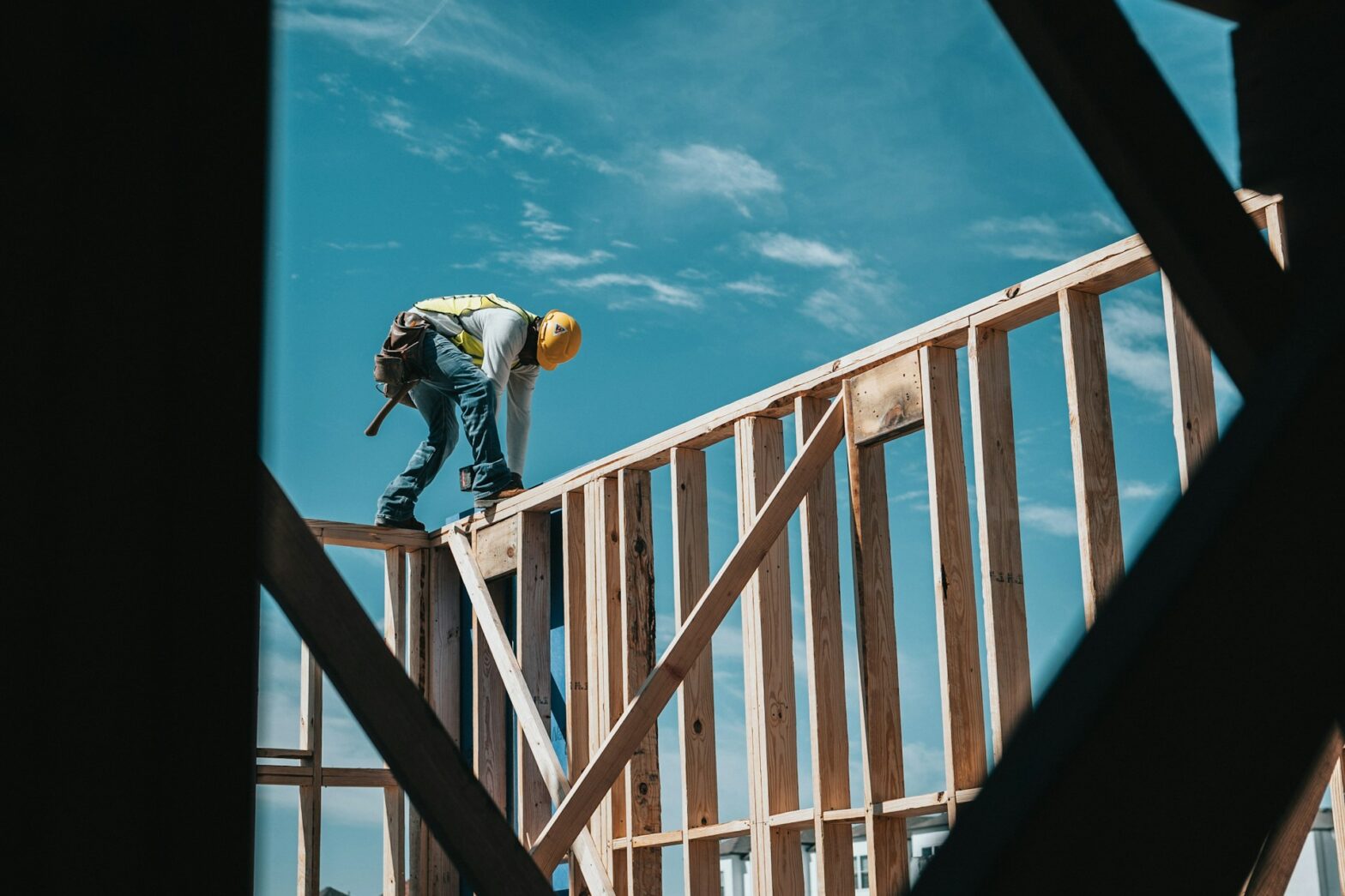The construction industry stands at a pivotal crossroads. With climate change ramping up, companies must prioritise sustainable practices to mitigate environmental impacts and build resilient communities.
Eco-friendly materials and cutting-edge technologies are no longer optional; they’re essential for shaping greener cities and sustainable urban development. By putting sustainability first, construction firms not only safeguard our planet but also unlock long-term economic benefits. The path forward demands innovative thinking and commitment to green principles, setting new standards for the entire sector.
So, let’s explore how to develop sustainable construction practices for the future.
Use Innovative Green Building Materials
Emerging green building materials are changing construction. Imagine bamboo and recycled plastic replacing traditional concrete and steel; these materials offer similar strength with a smaller environmental footprint.
Hempcrete, made from hemp fibres, insulates better than conventional options while sequestering carbon dioxide. And mycelium, the root structure of fungi, forms sustainable bricks that decompose safely. Bio-based composites combine agricultural waste with biodegradable polymers to create sturdy yet eco-friendly panels.
These innovative solutions reduce waste and energy use, driving the industry towards a more sustainable future.
Adopt Advanced Waste Reduction Techniques
Modern construction projects increasingly adopt advanced waste reduction techniques. Prefabrication (assembling components off-site) minimises on-site waste and accelerates project timelines.
Deconstruction, as opposed to demolition, carefully dismantled buildings to salvage reusable materials. And 3D printing creates custom parts with precision, significantly reducing material excess, while BIM (Building Information Modelling) optimises designs digitally before construction begins, cutting down on errors and subsequent waste.
These methods collectively contribute to a more efficient industry that conserves resources and mitigates environmental impact.
Leverage Smart Technologies
Smart technologies play a pivotal role in making construction more sustainable. Drones offer precise site surveys, cutting down on redundant trips and fuel consumption. IoT sensors optimise energy use by monitoring real-time environmental conditions and equipment efficiency, reducing waste.
AI-driven project management tools streamline resources, preventing material overuse and minimising carbon footprints from unnecessary transport. And augmented reality (AR) enables accurate digital-to-physical plan overlays, curbing mistakes that lead to rework and excess waste.
These tech advancements push the industry towards greener practices.
Implement Sustainable Transportation Infrastructure
Sustainable transportation infrastructure shapes urban development. Electric vehicle (EV) charging stations in new projects encourage eco-friendly commuting, reducing urban carbon footprints.
Public transit-oriented designs integrate bus lanes and cycling paths, promoting low-emission travel options. Incorporating green spaces along transport routes mitigates pollution and enhances urban living conditions. And advanced planning software helps manage traffic flow efficiently, supporting sustainable growth.
Construction teams benefit from CDL learner’s permit prep courses to operate eco-efficient vehicles safely within these evolving infrastructures.
Integrate Renewable Energy Sources into Building Designs
Interestingly, some in the industry have found that they can focus with music in their daily tasks, which can lead to higher efficiency and innovation in sustainable practices.
Incorporating renewable energy sources into building designs marks a significant leap towards sustainability. Architects and engineers now focus on harnessing natural resources to create energy-efficient structures. Here’s how:
- – Solar Panels. Rooftop installations convert sunlight into electricity, reducing dependency on non-renewable power grids.
- – Wind Turbines. Small-scale wind turbines can generate substantial energy for larger buildings or entire complexes.
- – Geothermal Heating and Cooling Systems. These systems leverage the earth’s constant temperatures to provide efficient climate control.
- – Green Roofs. Covered with vegetation, green roofs enhance insulation, manage stormwater, and reduce urban heat island effects.
Beyond these technologies, designers can integrate passive solar heating by strategically placing windows and using materials that store thermal mass. Buildings equipped with smart grid systems adapt energy usage in real time based on supply availability. And rainwater harvesting systems collect and reuse water for landscaping or flushing toilets.
These innovative solutions not only decrease operational costs but also significantly lower environmental impacts. Future constructions embracing these methods set new standards for eco-friendly architecture.

































